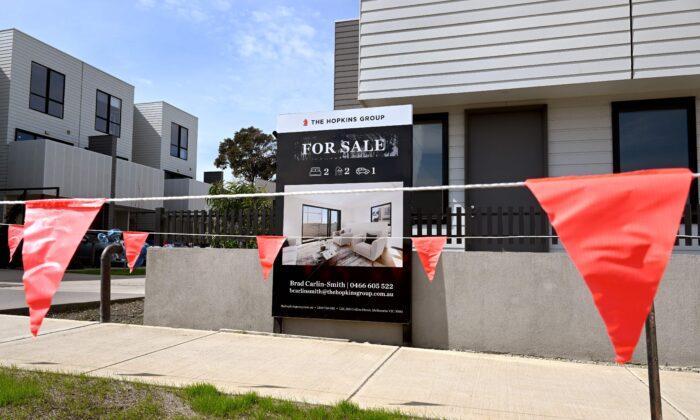The current state of Australia’s infrastructure, housing, and services cannot support the surge of New Zealand migrants in the next four years, says the Melbourne-based think tank Institute of Public Affairs (IPA).
New analysis by the IPA shows that around 130,000 additional New Zealanders are expected to move to Australia between 2023 and 2027.
It follows the announcement in April by Australian Prime Minister Anthony Albanese of a new direct citizenship pathway for New Zealanders.
From July 1, New Zealand citizens who arrived in Australia from 2001, have lived in the country for four years and meet the standard citizenship criteria will be eligible to apply directly for citizenship, skipping permanent residency.
Daniel Wild, the IPA’s deputy executive director, said this softening of citizenship rules will add even more pressure on Australia’s schools, roads, hospitals, and housing.
Australia has opened the gates for migration after isolating during the COVID years, however, modelling has shown that the country cannot meet their housing needs.
An analysis of this data by the IPA suggests that, even before taking into account the influx of people from New Zealand, the shortfall could end up as much as 212,800 dwellings by 2028.
“The Federal government’s migration review missed an opportunity to support getting more Australians into work and looks set to continue the short-sighted and lazy approach of plugging Australia’s worker shortage simply with more migration,” Wild said.
“Any proper, comprehensive review of migration should have considered the impact tax and red tape barriers have on stopping Australian pensioners, veterans, and students from re-entering the workforce, and the contribution they can make to alleviating the worker shortage.”
While migration continues to play an important role in the country’s story, Wild said the federal government has allowed huge waves of migration to occur without any planning for housing or vital services.
“Our leaders have the tools to tackle Australia’s unprecedented worker shortage crisis via simple and effective reforms, such as cutting red tape to allow our pensioners, veterans, and students to work, rather than relying on migration, which will stretch our already failing infrastructure.”
Signs of a Housing Crisis
Meanwhile, an analysis by KPMG Australia revealed that developers in New South Wales (NSW) and Victoria are putting a hold on approved residential housing projects because of surging construction costs.By the end of March, there were almost 16,400 housing projects in NSW that had been approved but not yet commenced, while in Victoria, this number stood at about 10,000.
The majority of the shelved dwellings are medium to high-density townhouses and apartments, which are more sensitive to cost increases.
“Property developers are shelving projects because of soaring costs and lacklustre property prices. Some are even going bust,” KPMG urban economist Terry Rawnsley said.
Rawnsley believes that this trend is unlikely to reverse anytime soon, despite a slowdown in construction cost hikes.
At the same time, the Albanese government has met with endless walls while trying to pass its Housing Australia Future Fund (HAFF), which was designed to address the lack of social and affordable housing across the country.
The government hopes the fund will allow the building of 30,000 homes over five years.
However, both the Coalition and the Greens have banded together to block the legislation.
The Greens have previously said that the federal government needed to stay at the negotiating table on HAFF, which the Greens believe does not contain any plans for renters and people who need public and affordable housing.





